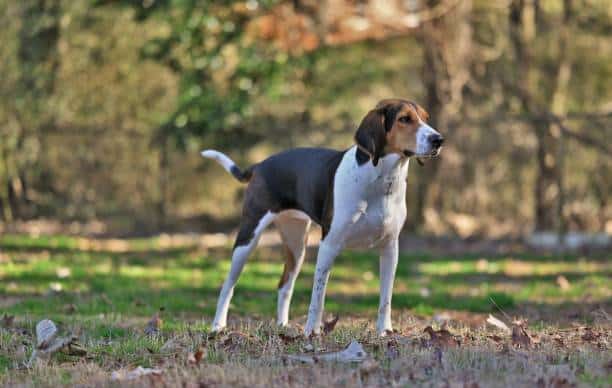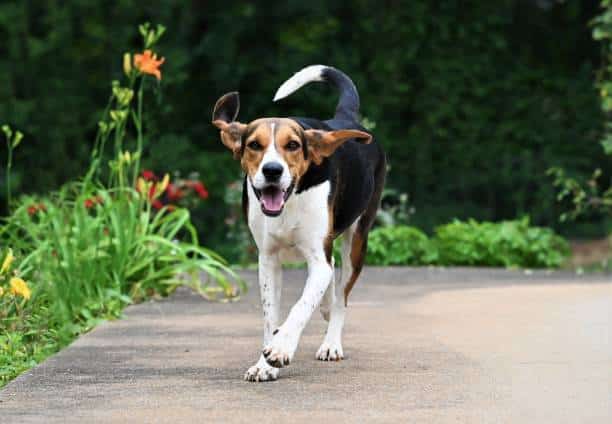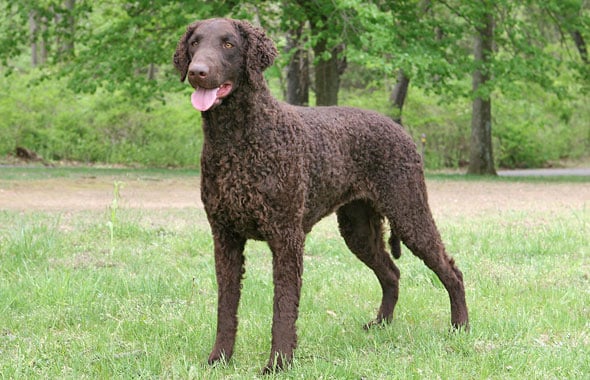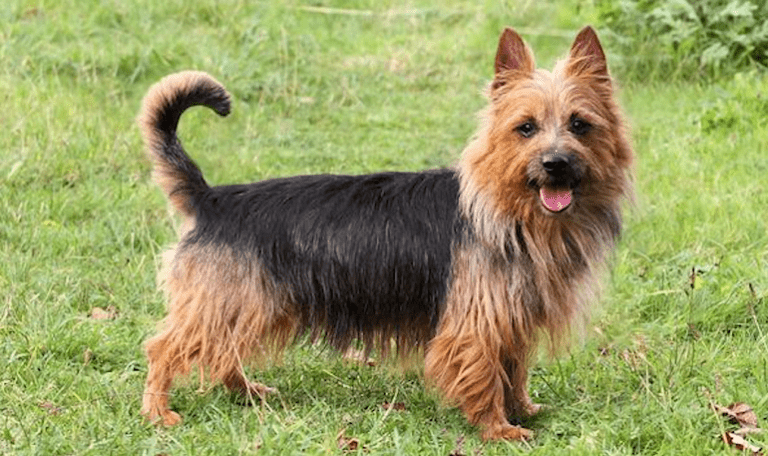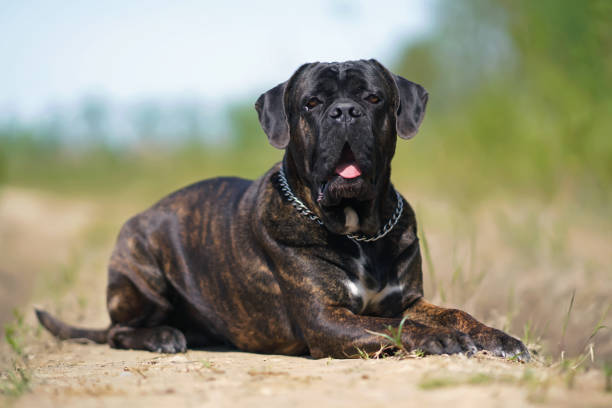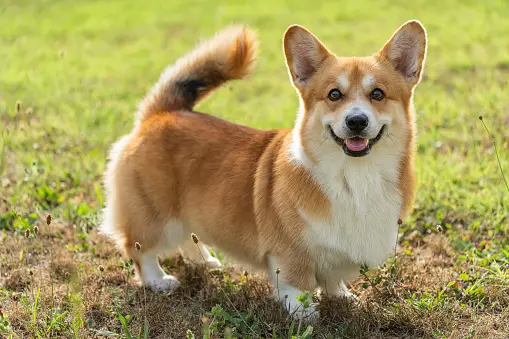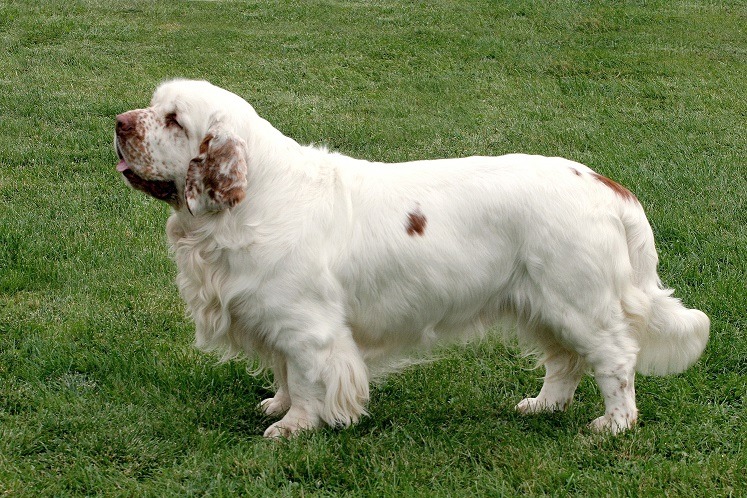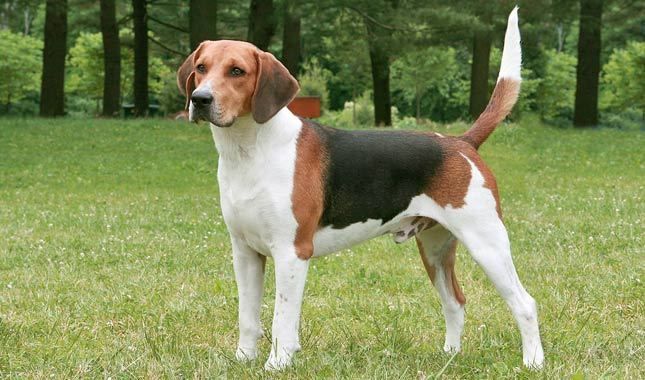The Treeing Walker Coonhounds are considered to be the ultimate treeing dogs, known for their exceptional skills in hunting and treeing game. With their distinct physical features and remarkable scenting ability, these dogs have become a popular choice among hunters and outdoor enthusiasts. This article delves into the history, characteristics, and training tips for Treeing Walker Coonhounds, providing a comprehensive guide for those interested in these remarkable canines. Whether you are a seasoned hunter or simply fascinated by the world of hunting dogs, this article will offer valuable insights into the world of Treeing Walker Coonhounds.
History of Treeing Walker Coonhounds
Origins of the breed
The Treeing Walker Coonhound is a breed that has a rich history and a fascinating origin. Its roots can be traced back to the early 19th century in the United States. The breed was developed by crossing English Foxhounds with American and English Coonhounds. This unique combination resulted in a dog that possessed exceptional scenting abilities and unmatched treeing instincts.
Development in the United States
The development of the Treeing Walker Coonhound took place primarily in the southern regions of the United States, where hunting was a popular sport and the need for skilled treeing dogs was high. Breeders aimed to create a dog that could track game for miles, corner it up a tree, and then alert the hunter with its distinct “treeing” bark.
As the breed evolved, breeders focused on refining the Treeing Walker Coonhound’s physical traits and hunting abilities. They selectively bred dogs that exhibited superior speed, endurance, and a keen sense of smell. Over time, the breed became renowned for its exceptional hunting skills and became a favorite among avid hunters and sportsmen.
Recognition by kennel clubs
The Treeing Walker Coonhound’s popularity continued to grow, and in 1945, the United Kennel Club (UKC) officially recognized the breed. This recognition provided the breed with a platform to showcase its abilities and gain further recognition among hunting enthusiasts.
Since then, the Treeing Walker Coonhound has gained recognition from various kennel clubs and organizations. In addition to the UKC, the breed is also recognized by the American Kennel Club (AKC) in the Foundation Stock Service (FSS) category. This recognition has allowed the breed to participate in AKC events, further increasing its visibility and popularity.
In conclusion, the Treeing Walker Coonhound has a captivating history that dates back to the 19th century. Its origins can be traced to the crossing of English Foxhounds with American and English Coonhounds, resulting in a versatile hunting dog with exceptional treeing abilities. The breed’s development in the United States focused on refining its physical traits and hunting skills. Today, the Treeing Walker Coonhound is recognized by kennel clubs such as the UKC and AKC, solidifying its position as one of the ultimate treeing dogs.
Characteristics and Temperament
Treeing Walker Coonhounds are known for their exceptional characteristics and unique temperament. They possess a combination of physical attributes, hunting instincts, intelligence, and trainability that make them the ultimate treeing dogs.
Physical Attributes
With a well-built body and a sleek, muscular frame, Treeing Walker Coonhounds are a sight to behold. They have a medium to large size, standing around 20 to 27 inches at the shoulder and weighing between 50 to 70 pounds. Their coat is short and dense, providing protection against various weather conditions.
These coonhounds have a distinctive head shape with a long muzzle and expressive eyes. Their ears are set high on the head and hang down, contributing to their alert and attentive appearance. Their overall physical attributes help them excel in their hunting endeavors.
Hunting Instincts
Treeing Walker Coonhounds are bred specifically for their exceptional hunting instincts. They have an innate ability to track and tree small game, especially raccoons. These dogs have an incredible sense of smell, allowing them to pick up scents and track their prey over long distances.
Once they locate their target, Treeing Walker Coonhounds demonstrate remarkable agility and speed. They are adept at maneuvering through dense forests and rough terrains, making them well-suited for treeing game. Their relentless pursuit and determination make them highly effective in the field.
Intelligence and Trainability
In addition to their physical prowess and hunting instincts, Treeing Walker Coonhounds possess high intelligence and trainability. They are quick learners and can understand and follow commands with ease. Their intelligence enables them to adapt to various training techniques, making them an ideal choice for both novice and experienced dog owners.
These coonhounds thrive on mental stimulation and require regular training sessions to keep their minds sharp. They respond well to positive reinforcement methods and appreciate praise and rewards for their accomplishments. With consistent training and socialization, Treeing Walker Coonhounds can become well-behaved and obedient companions.
In conclusion, Treeing Walker Coonhounds encompass a unique combination of characteristics and temperament that make them the ultimate treeing dogs. Their physical attributes, hunting instincts, intelligence, and trainability set them apart and make them a popular choice among hunters and dog enthusiasts.
Training and Exercise
Socialization and obedience training
Socialization and obedience training are crucial for Treeing Walker Coonhounds to become well-rounded and reliable companions. These dogs are naturally friendly and social, but proper socialization is still necessary to ensure they interact positively with other dogs and people. Introduce them to various environments, such as parks and busy streets, to help them become comfortable and confident in different situations.
Obedience training is equally important for Treeing Walker Coonhounds. These intelligent dogs thrive with structured training sessions that focus on basic commands like sit, stay, and heel. Consistency and positive reinforcement techniques work best with these eager-to-please dogs. Training should start at an early age and continue throughout their lives to maintain their well-behaved nature.
Physical exercise requirements
Treeing Walker Coonhounds are high-energy dogs that require ample physical exercise to stay happy and healthy. Regular exercise helps prevent behavioral issues caused by pent-up energy. Engage them in activities that allow them to burn off their energy, such as long walks, jogging, or playing fetch in a secure, fenced area.
Consider taking them on hikes or allowing them to participate in dog sports like agility or flyball. These activities not only provide physical exercise but also mental stimulation, which is vital for their overall well-being.
Mental stimulation needs
In addition to physical exercise, Treeing Walker Coonhounds need mental stimulation to keep their intelligent minds occupied. Boredom can lead to destructive behaviors, so it’s important to provide them with mental challenges.
Interactive puzzle toys and treat-dispensing toys are excellent options to keep their minds engaged. Additionally, consider implementing training sessions that focus on problem-solving and learning new tricks. These activities will not only tire them out mentally but also strengthen the bond between you and your Treeing Walker Coonhound.
Remember, a well-exercised and mentally stimulated Treeing Walker Coonhound is a happy and contented dog. By providing them with proper training, physical exercise, and mental stimulation, you will ensure they lead a fulfilling and balanced life.
Companionship and Family Life
Suitability as family pets
Treeing Walker Coonhounds make excellent family pets due to their friendly and affectionate nature. They are known for their loyalty and dedication to their owners, making them an ideal addition to any family. These dogs thrive in a loving and nurturing environment, and they are always eager to please their human companions.
Compatibility with children and other animals
Treeing Walker Coonhounds are generally good with children and other animals when properly socialized and trained from a young age. They have a gentle and patient temperament, which makes them tolerant and understanding around kids. However, it is important to supervise interactions between the dog and young children to ensure everyone’s safety.
When it comes to other animals, Treeing Walker Coonhounds can coexist peacefully with other pets, including cats and smaller dogs, if introduced gradually and under supervision. Their natural hunting instincts may kick in when encountering smaller animals, so early socialization and training are key to fostering positive relationships.
Attention and affection needs
Treeing Walker Coonhounds thrive on attention and affection from their owners. They are highly social dogs that enjoy being a part of the family’s daily activities. These dogs require regular exercise and mental stimulation to prevent boredom and destructive behaviors.
Engaging in activities such as walks, playtime, and training sessions not only helps to meet their physical needs but also strengthens the bond between the dog and the family. Providing ample love, attention, and mental stimulation will ensure that your Treeing Walker Coonhound remains happy, content, and well-behaved.
In conclusion, Treeing Walker Coonhounds are well-suited as family pets due to their friendly nature, compatibility with children and other animals, and their need for attention and affection. With the right socialization, training, and care, these dogs can be wonderful companions and a cherished part of any loving family.
Health and Care
Common health issues
Treeing Walker Coonhounds are generally a healthy breed with few specific health issues. However, it’s important to be aware of certain conditions that may affect them. Regular veterinary check-ups and proper care can help prevent or manage these issues. Some common health issues that may occur in Treeing Walker Coonhounds include:
- Hip dysplasia: This is a hereditary condition where the hip joint doesn’t develop properly, leading to discomfort and mobility issues. Regular exercise, maintaining a healthy weight, and providing joint supplements can help manage this condition.
- Ear infections: Treeing Walker Coonhounds have droopy ears that can trap moisture, making them prone to ear infections. It’s essential to regularly clean and dry their ears to prevent infections. Using veterinarian-recommended ear cleaning solutions is advisable.
- Obesity: Like any other dog breed, Treeing Walker Coonhounds can become overweight if not fed a balanced diet and given enough exercise. Obesity can lead to various health problems, including joint issues and heart disease. Monitoring their food intake and engaging them in regular exercise is crucial to maintain a healthy weight.
Grooming requirements
Treeing Walker Coonhounds have short and dense coats that are relatively easy to maintain. Here are some grooming tips to keep their coats healthy and shiny:
- Brushing: Regular brushing helps remove loose hair and keeps their coat clean. Using a slicker brush or a grooming mitt once or twice a week is usually sufficient.
- Bathing: Treeing Walker Coonhounds typically do not require frequent baths unless they get excessively dirty or smelly. Bathing them every two to three months with a dog-specific shampoo will help keep their coat clean and odor-free.
- Nail trimming: Regular nail trimming is essential to prevent overgrowth and discomfort. Trimming their nails every 4-6 weeks, or as needed, will help maintain their paw health.
- Dental care: Just like any other dog, maintaining good dental hygiene is crucial for Treeing Walker Coonhounds. Regular brushing of their teeth with dog-specific toothpaste and providing dental chews or toys can help prevent dental issues.
Nutritional needs
Providing a balanced and nutritious diet is vital for the overall health and well-being of Treeing Walker Coonhounds. Here are some considerations for their nutritional needs:
- High-quality dog food: Choose a high-quality dog food that is specifically formulated for medium to large breeds. Look for a product that contains real meat as the primary ingredient and avoids artificial additives or fillers.
- Portion control: Obesity is a concern for Treeing Walker Coonhounds, so it’s important to feed them the appropriate amount of food based on their age, weight, and activity level. Consult with your veterinarian to determine the right portion size.
- Avoid overfeeding: Coonhounds have a hearty appetite, but it’s important not to overfeed them. Stick to a regular feeding schedule and avoid free-feeding to prevent weight gain.
- Hydration: Always provide fresh and clean water for your Treeing Walker Coonhound. Proper hydration is essential for their overall health and helps maintain healthy skin and coat.
Remember, consulting with a veterinarian is crucial to ensure you’re meeting your Treeing Walker Coonhound’s specific health and nutritional needs. By providing them with proper care, you can help ensure they lead a happy and healthy life.
The Treeing Walker Coonhounds are undoubtedly the ultimate treeing dogs. With their exceptional hunting skills and unwavering determination, these dogs have proven themselves time and again in the field. Their ability to track and tree game is unmatched, making them an invaluable asset to hunters and outdoor enthusiasts. Additionally, their friendly and loyal nature makes them wonderful companions and family pets. Whether you are looking for a hunting partner or a loving pet, the Treeing Walker Coonhounds are sure to exceed your expectations. So, if you’re in search of the ultimate treeing dogs, look no further than the remarkable Treeing Walker Coonhounds.

